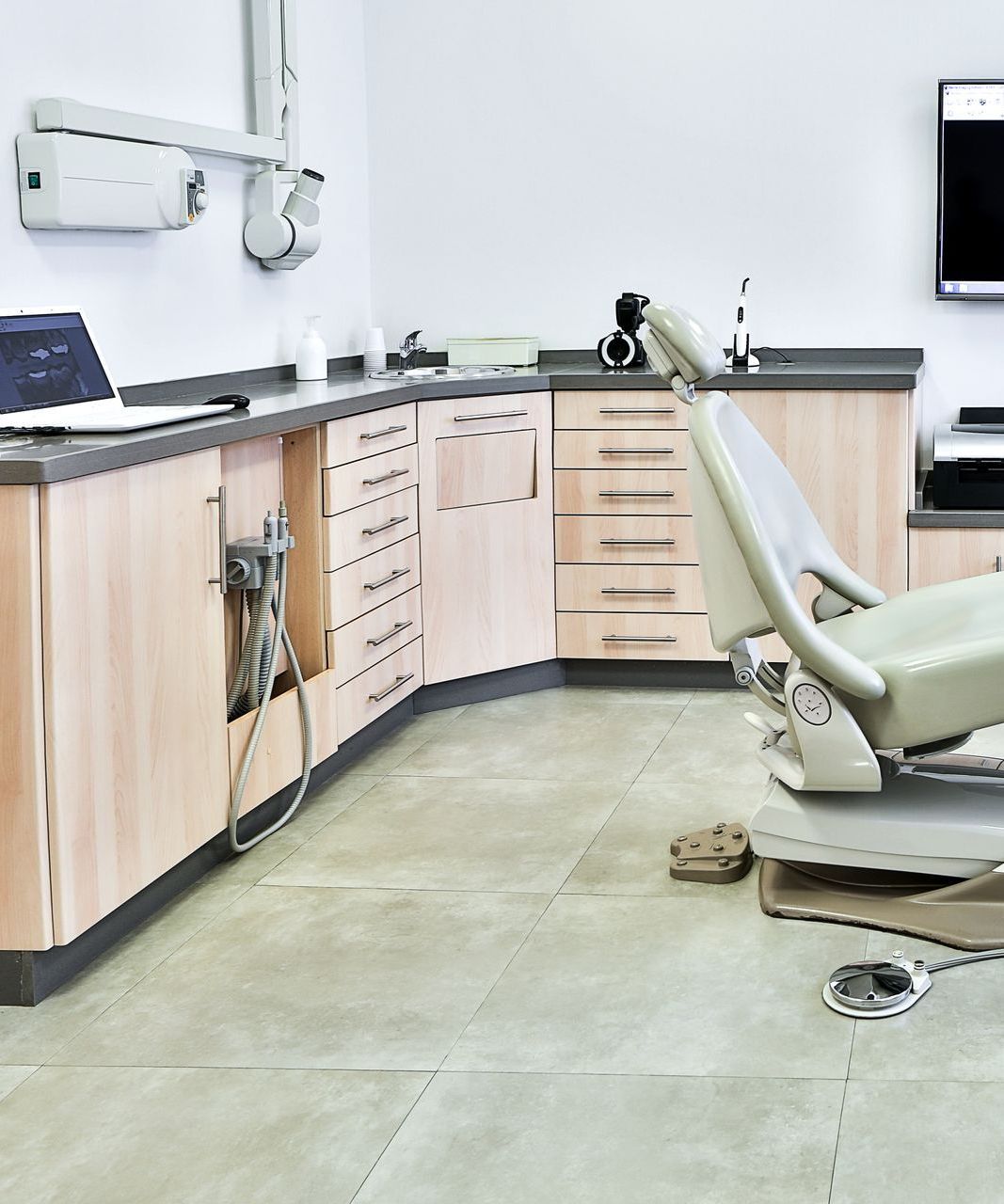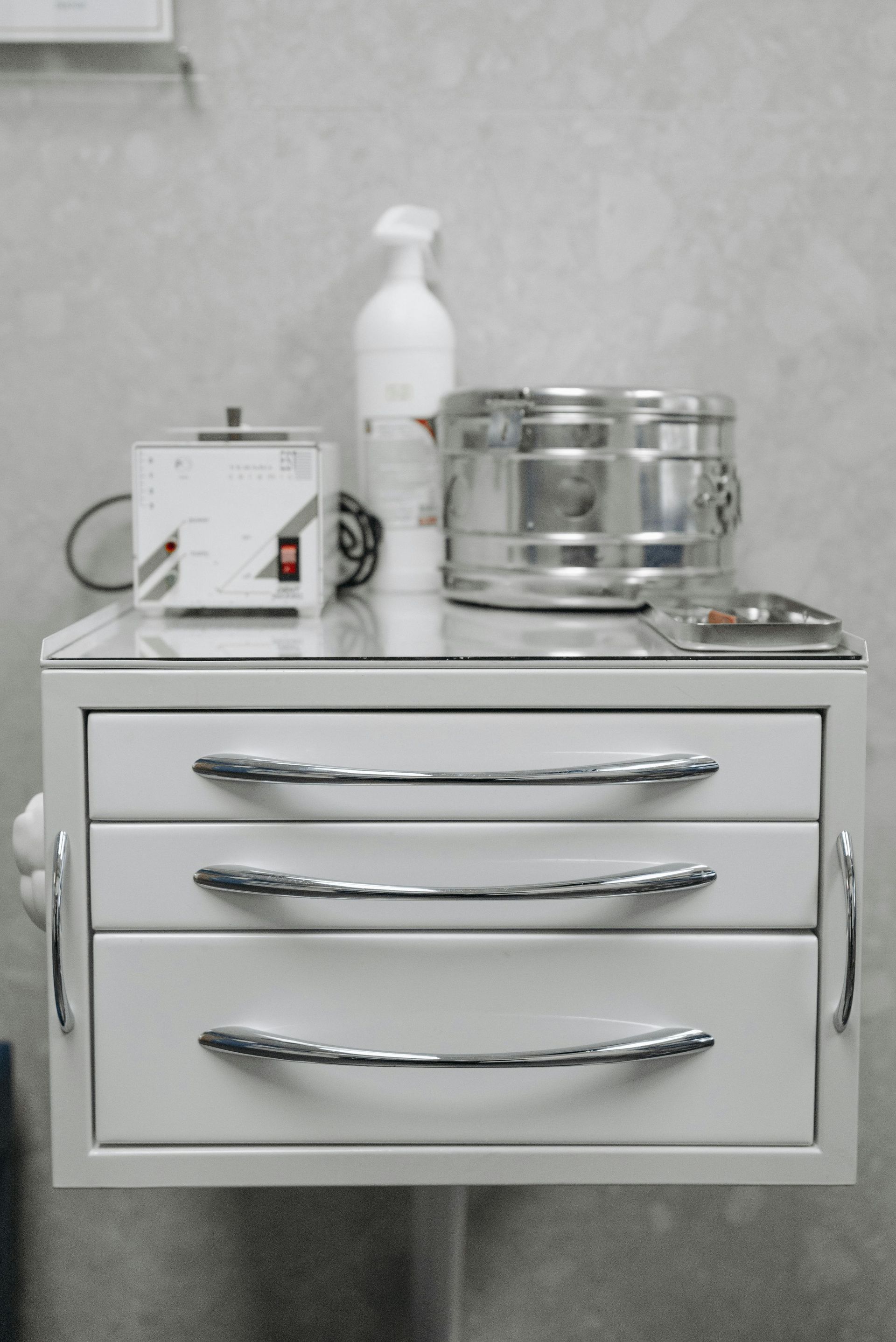Frequently Asked Questions About Custom Cabinets for Dental Offices
How much do custom dental office cabinets cost?
Custom dental office cabinets typically range from $800 to $1,500 per linear foot, depending on materials, hardware, and specialized features required for medical environments. Factors like antimicrobial finishes, integrated sterilization equipment accommodation, and ADA compliance features can affect pricing.
What's the best cabinet material for dental office sterilization areas?
High-pressure laminate with antimicrobial properties is the gold standard for dental sterilization areas. This material resists moisture, chemicals, and bacterial growth while maintaining easy cleanability with medical-grade disinfectants. Solid surface materials like Corian are also excellent choices for areas requiring seamless, non-porous surfaces.
Who makes custom cabinets for dental practices in Irvine?
Irvine Expert Custom Cabinets specializes in creating custom cabinetry specifically designed for dental practices throughout Orange County. We understand the unique requirements of dental environments, including infection control standards, equipment integration, and workflow optimization. Our team has extensive experience working with dental professionals to create functional, compliant, and aesthetically pleasing cabinet solutions that enhance practice efficiency.
How long does dental office cabinet installation take?
Most dental office cabinet installations take 3-5 business days, depending on the scope and complexity of the project. Simple operatory updates may complete in 1-2 days, while full practice renovations can take up to two weeks. We work closely with your schedule to minimize disruption to patient care, often completing installations during evenings or weekends. Timeline factors include cabinet complexity, electrical integration, and any required plumbing modifications.
What are the requirements for dental office cabinetry compliance?
Dental office cabinets must meet ADA accessibility guidelines, OSHA infection control standards, and local health department regulations. Key requirements include smooth, non-porous surfaces that can be easily disinfected, proper ventilation for chemical storage areas, and ergonomic design for staff safety. Cabinets storing hazardous materials need specific ventilation and containment features.


